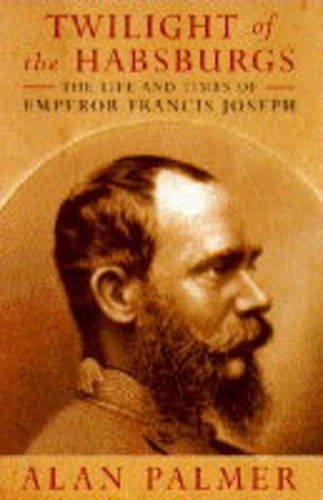By chance I came across the following post on the
Quora website. It is by a Spanish born columnist Alberto Yagos and I have copied it with the odd grammatical change but otherwise it is verbatim:
I’ve cooked most of the recipes in two Medieval cookbooks,
Libre de Sent Sovi and
Libre del Coch which were the most important ones in Spain, France and Italy from the 14th to 16th centuries. Some of the recipes are as old as 1220 and some of them also appear in English cookbooks.
Contrary to the popular belief that meat and fish were very expensive, they were quite usual on most tables. Villages which were not very big could have four or five butcher's shops. In 1287, a carpenter called Mr. Paulet paid his mother livelihood (each year): two mines of wheat (around 400 pounds), four barrels of wine, an entire salted pork or beef and three canes of wool. In 1307, the maid of a scribe in Majorca buys every day: bread, wine, meat or fish, eggs, vegetables, fruit, cabbages, onions, cucumbers, almonds, parsley and carrots.
What was expensive was well preserved or fresh meat.
Medieval people from that era would be surprised by the new ingredients (potatoes, bellpeppers, chocolate…) and the fact that you can eat summer vegetables in the middle of winter. And also:
* Bread and wine aren’t the usual breakfast. Also, people eat it too soon (they were used to eating the first time around 3 hours after getting up).
* People drink wine and beer pure, without spices, water, honey or vinegar. Or in a certain preparation, without butter and barley flour (if you are curious, it tastes as bad as it sounds).
* Meat and fish are very abundant but also very repetitive. Medieval people would eat any meat and any fish. And any part.
* We cook with milk (a big no in Medieval cuisine, only for two months, April and May, was it recommended to have around 300 gr. of goat's milk).
* We use cheese and not curd in most recipes. Cured cheese was taken as a full meal.
* Food today has very little spices. They used pepper and sugar as the stars of the dish. Sugar was really expensive but they used it a lot (a lot of recipes called for 3-4 ounces of sugar), so now that it’s so cheap they wouldn’t understand why we put so little.
* Very few preparations are boiled fish/meat (it was recommended to cook it this way in summer).
* Sauces are used now in little quantities. Medieval preparations literally were floating in sauces made of broth, almond flour, wine, eggs.
* We reserve the fruits for desserts. The first time I cooked a typical soup of the era with onion, apple and bacon people thought it would be disgusting (it’s just really sweet).
* We mainly use wheat flour. The basic flour in the era was barley and they added it to most recipes.







